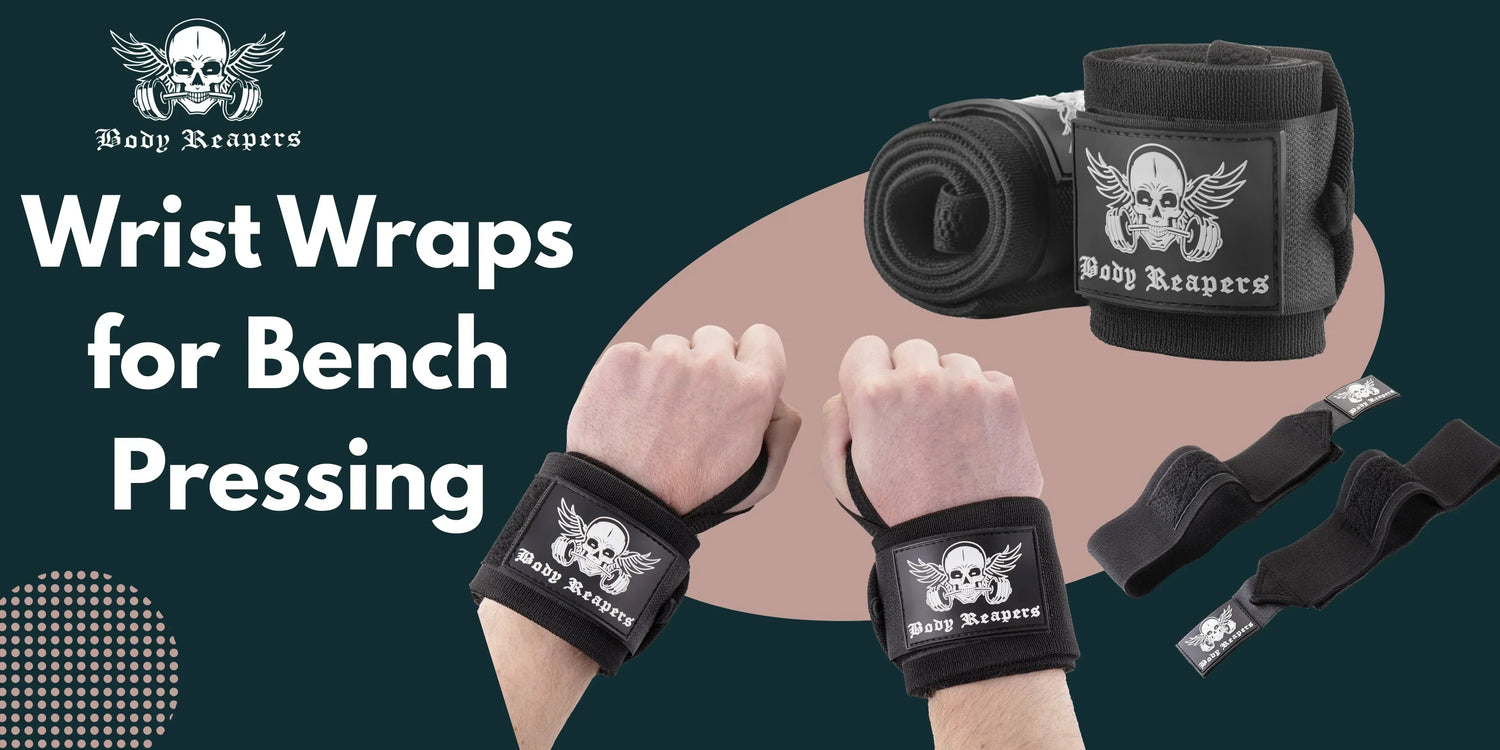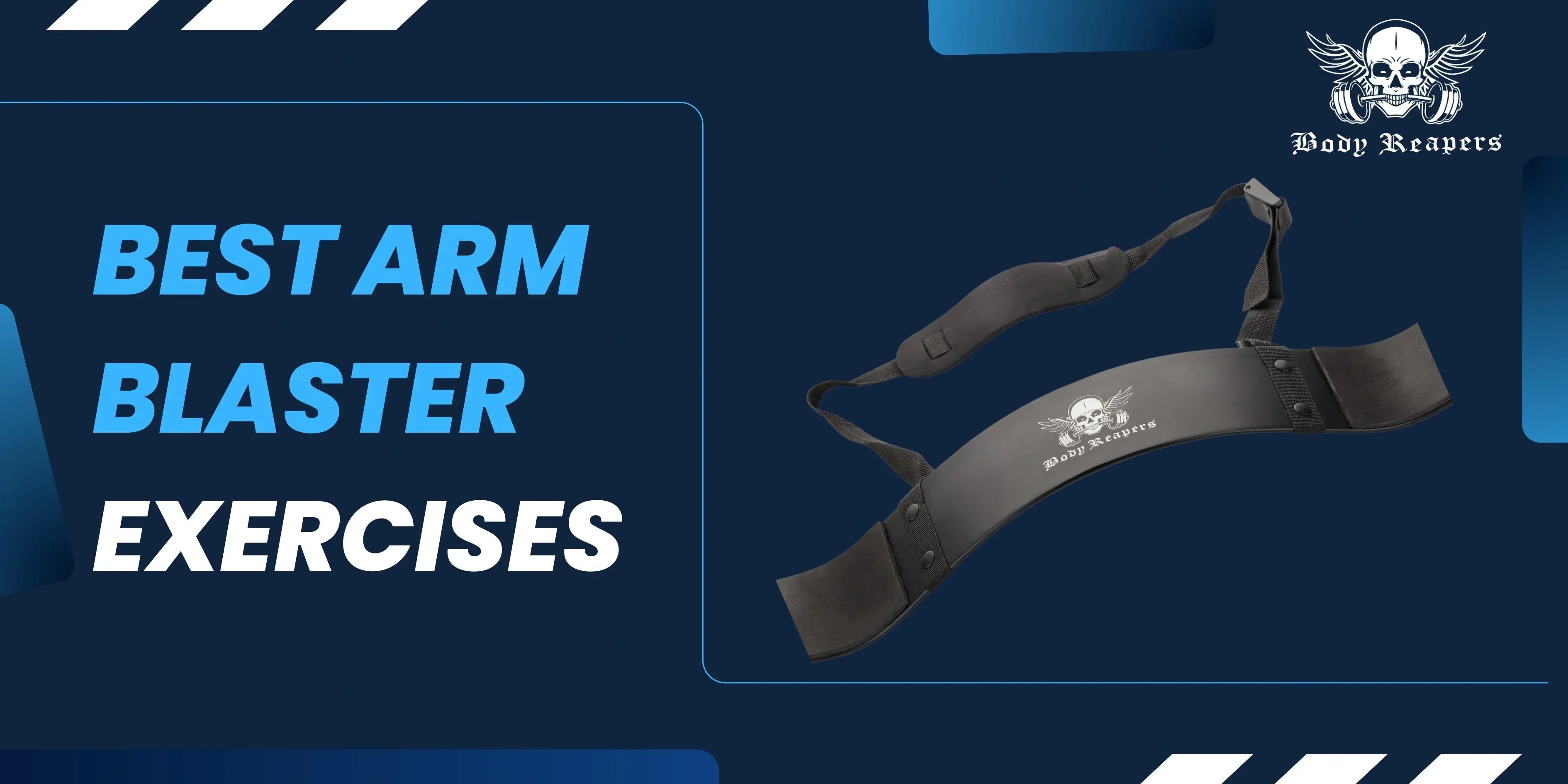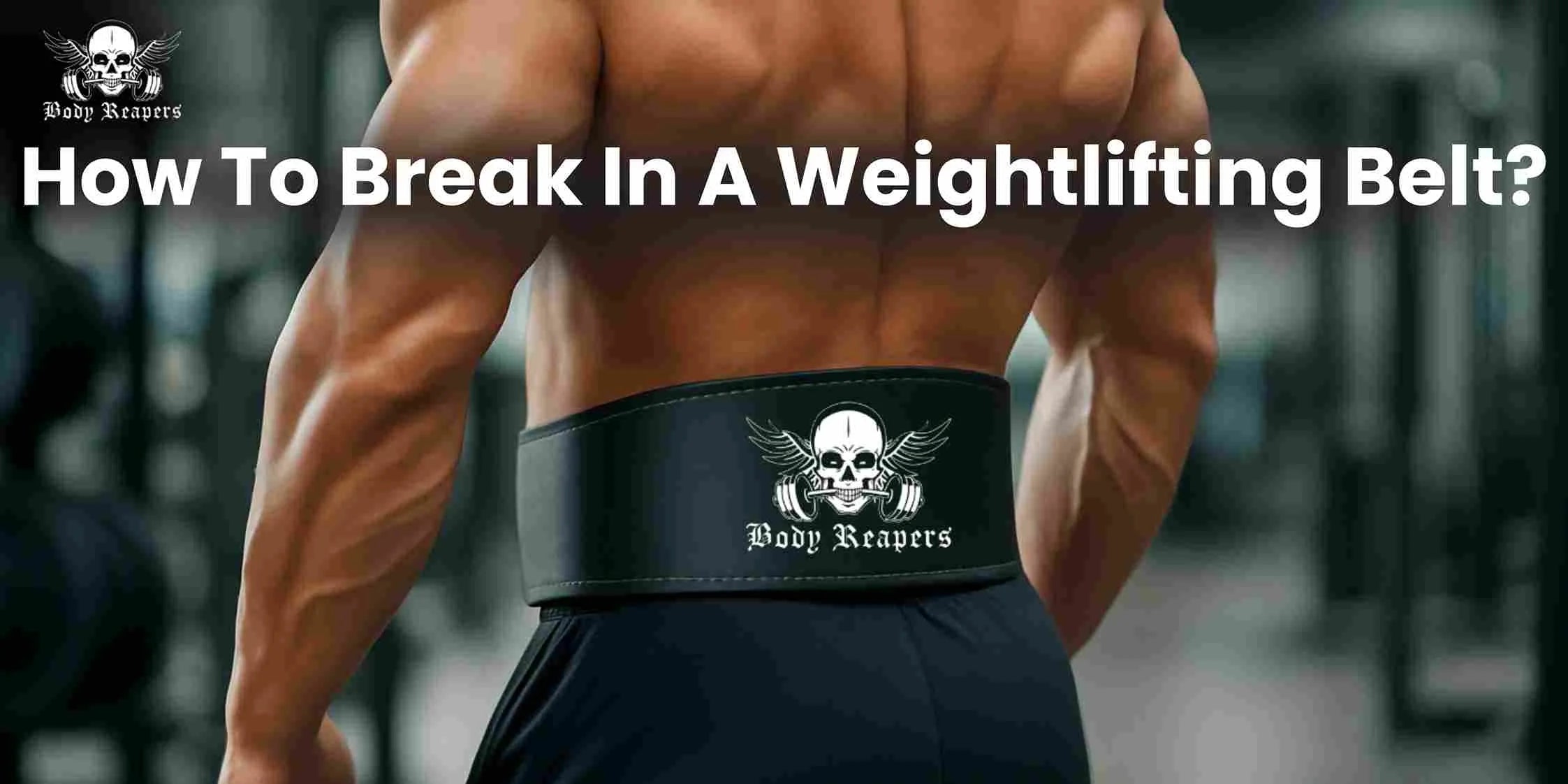That moment when you’re pushing through your heaviest bench press and your wrists start screaming, that’s more than discomfort. It’s a warning. Your wrists are the vital link between your muscles and the barbell, and if they fail, so does your lift.
This isn’t about shortcuts. It’s about training smarter and protecting the joints that could halt your progress. The best lifters know that your strength depends on your weakest link. For most, that’s the wrist.
The right wrist support doesn’t just stop pain. It unlocks better performance by creating a solid connection between your arms and the bar. No energy leaks, no form breakdowns under heavy loads. Just pure power.

But here’s the catch: not all wrist wraps are equal, and how you use them matters as much as whether you use them. The difference between proper support and just wrapping fabric could add 20 pounds to your bench or leave you with sore wrists.
Whether you want bigger numbers or pain-free training for years, understanding wrist wraps might be the smartest investment in your lifting journey.
Let’s uncover the truth about wrist wraps and bench pressing.
What Are Wrist Wraps?
Wrist wraps are sturdy straps, usually made from thick cotton, nylon, or elastic blends. They wrap tightly around your wrists to:
- Limit excessive wrist movement
- Provide compression and joint stability
- Support your wrist during heavy pressing lifts
Unlike lifting straps that improve grip, wrist wraps focus on weightlifting wrist support, stabilizing your wrist joints during exercises like bench presses, overhead presses, and push presses.
Key Features of Quality Wrist Wraps:
- Length between 12 and 24 inches for adjustability
- Durable fabric with reinforced stitching
- Hook-and-loop (Velcro) closure for a secure fit
How Wrist Wraps Work During Bench Press
When bench pressing, your wrists endure significant force. Poor wrist alignment causes:
- Wrist pain and discomfort
- Decreased power transfer to the bar
- Increased risk of injury
Wrist wraps work by:
- Compressing the wrist joint to reduce unwanted bending or hyperextension
- Improving force transfer from your arms to the barbell
- Reducing strain on ligaments and tendons around the wrist
Scientific studies, such as those published in the Journal of Strength & Conditioning Research, show that lifters using wrist wraps experience lower wrist strain and better joint stability.
Benefits of Wrist Wraps for Bench Pressing
Using wrist wraps offers multiple benefits:
1. Enhanced Wrist Stability
Wrist wraps stabilize your wrists, preventing excessive movement and protecting against injuries such as sprains.
2. Increased Strength and Performance
By locking your wrist position, wraps help you generate more force and lift heavier weights.
3. Reduced Wrist Pain
If you suffer from wrist discomfort or past injuries, wraps provide relief by limiting painful motions.
4. Improved Bench Press Technique
Wrist wraps encourage proper wrist alignment, supporting better grip and bar control.
5. Injury Prevention
Wrist wraps protect your wrists from overuse injuries like tendonitis and hyperextension.
6. Confidence Boost
Many lifters report greater confidence when lifting heavy due to the extra wrist support.
Common Misconceptions About Wrist Wraps
Wrist wraps weaken your wrists.
Truth: Wrist wraps protect joints while allowing your muscles to build strength safely.
Only powerlifters need wrist wraps.
Truth: Anyone lifting heavy weights or training high volume can benefit.
Wrist wraps and lifting straps are the same.
Truth: Wrist wraps stabilize joints; lifting straps help with grip.
Use wrist wraps all the time.
Truth: Overuse can reduce wrist mobility. Use them mainly for heavy or intense sets.
When Should You Use Wrist Wraps?
Use wrist wraps during the following:
- Heavy bench press sets (85%+ of your one-rep max)
- High-volume pressing workouts
- If you have a history of wrist pain or injury
- Other pressing movements requiring wrist stability (e.g., overhead press)
Avoid wraps for:
- Warm-up sets
- Light dumbbell exercises
- Mobility and wrist strengthening work
How to Wear Wrist Wraps Proper
- Wrap snugly around the wrist, starting just below the wrist bone.
- Secure the Velcro closure firmly, but avoid cutting off circulation.
- Make sure you can still grip the bar naturally with some wrist mobility.
- Don’t over tighten — restricting blood flow is harmful.
- Remove wraps after heavy sets to maintain wrist flexibility.
Who Should Avoid Wrist Wraps?
- Beginners focused on developing natural wrist strength and control
- Individuals with severe wrist injuries (consult a medical professional first)
- Lifters needing full wrist mobility for functional training
- Anyone experiencing numbness or discomfort due to wraps
Top Features to Look for in Quality Wrist Wraps
When choosing wrist wraps, consider:
- Material: Durable cotton or nylon with some elasticity.
- Length: 12 to 18 inches to provide proper coverage.
- Closure: Strong Velcro or hook-and-loop for secure fastening.
- Width: Around 3 inches for sufficient support.
- Stiffness: Medium to stiff for balance of support and flexibility.
- Breathability: Comfortable for long sessions.
- Brand reputation: Trusted brands with positive reviews.
Expert Tips and Safety Advice
- Warm up wrists thoroughly without wraps before heavy lifting.
- Use wrist wraps primarily for your heaviest or highest-volume sets.
- Combine wraps with wrist mobility and strengthening exercises.
- Wash wraps regularly to prevent bacteria buildup.
- Replace worn wraps every 6–12 months, depending on use.
- Listen to your body—don’t ignore pain signals.
Real-Life Experiences from Lifters
Many lifters share wrist wraps have helped them:
- Lift heavier safely.
- Reduce persistent wrist pain.
- Improve wrist alignment and grip during bench press.
- Build confidence to push personal records.
One lifter said, “Since I started using wrist wraps, my bench has improved by 15 pounds, and my wrists no longer hurt after sessions.”
Do Wrist Wraps Actually Help?
Absolutely! For anyone serious about bench pressing, wrist wraps for bench press provide:
- Superior wrist stability
- Improved power transfer
- Injury prevention
- Pain reduction
- Confidence to lift heavier
However, they are tools—not crutches. Combine wrist wraps with proper technique, wrist strengthening, and mobility training for the best results.
Conclusion
If you want to keep your wrists safe and push your bench press to new heights, getting yourself a good pair of gym wrist wraps is worth it. They give your wrists the support they need, help ease any pain, and honestly, they make you feel more confident when the weights start getting heavy.
But remember, wrist wraps aren’t a magic fix. Use them smartly, mainly when you’re going heavy, and don’t skip out on the basics like warming up, working on wrist mobility, and practising good form. That way, you’re building strong wrists that won’t let you down in the long run.
Wrist wraps are just one tool in your toolbox. They’ll help you lift better and safer, but it’s your dedication to training right that counts.
Your wrists will thank you for taking care of them, and you’ll see your bench press numbers climb because of it.
So why wait?

Get your hands on high-quality Body Reapers Wrist Wraps today and experience the difference in your bench press performance. Your wrists will thank you!
P.S. Don’t let wrist pain hold you back. Elevate your strength and confidence with our top-rated wrist wraps. Order now and lift stronger, safer!





Leave a comment
This site is protected by hCaptcha and the hCaptcha Privacy Policy and Terms of Service apply.